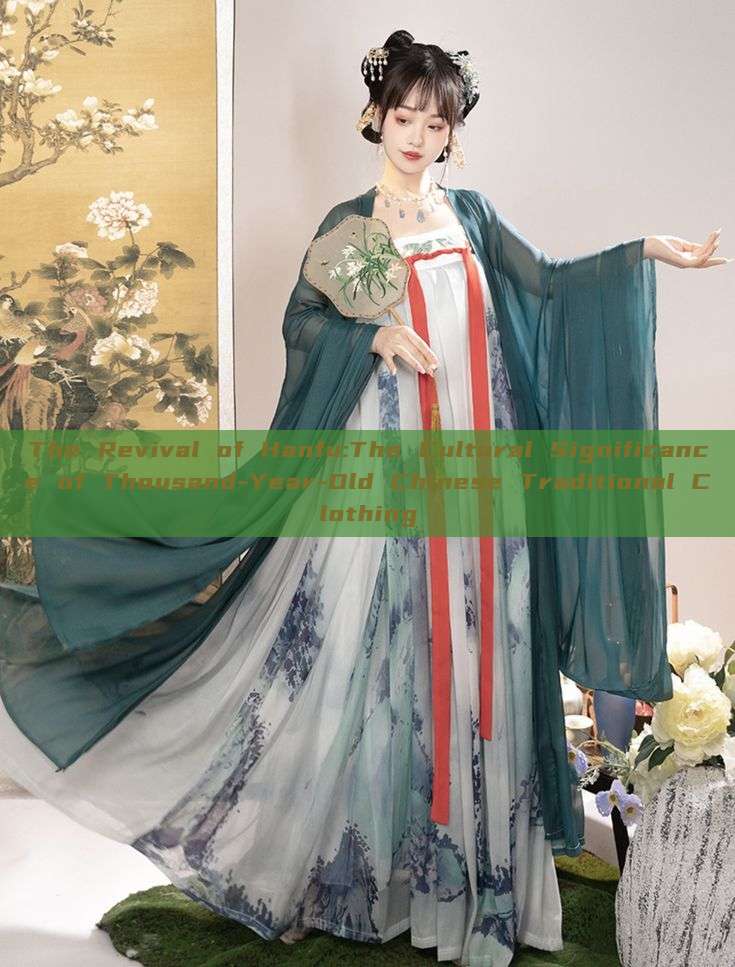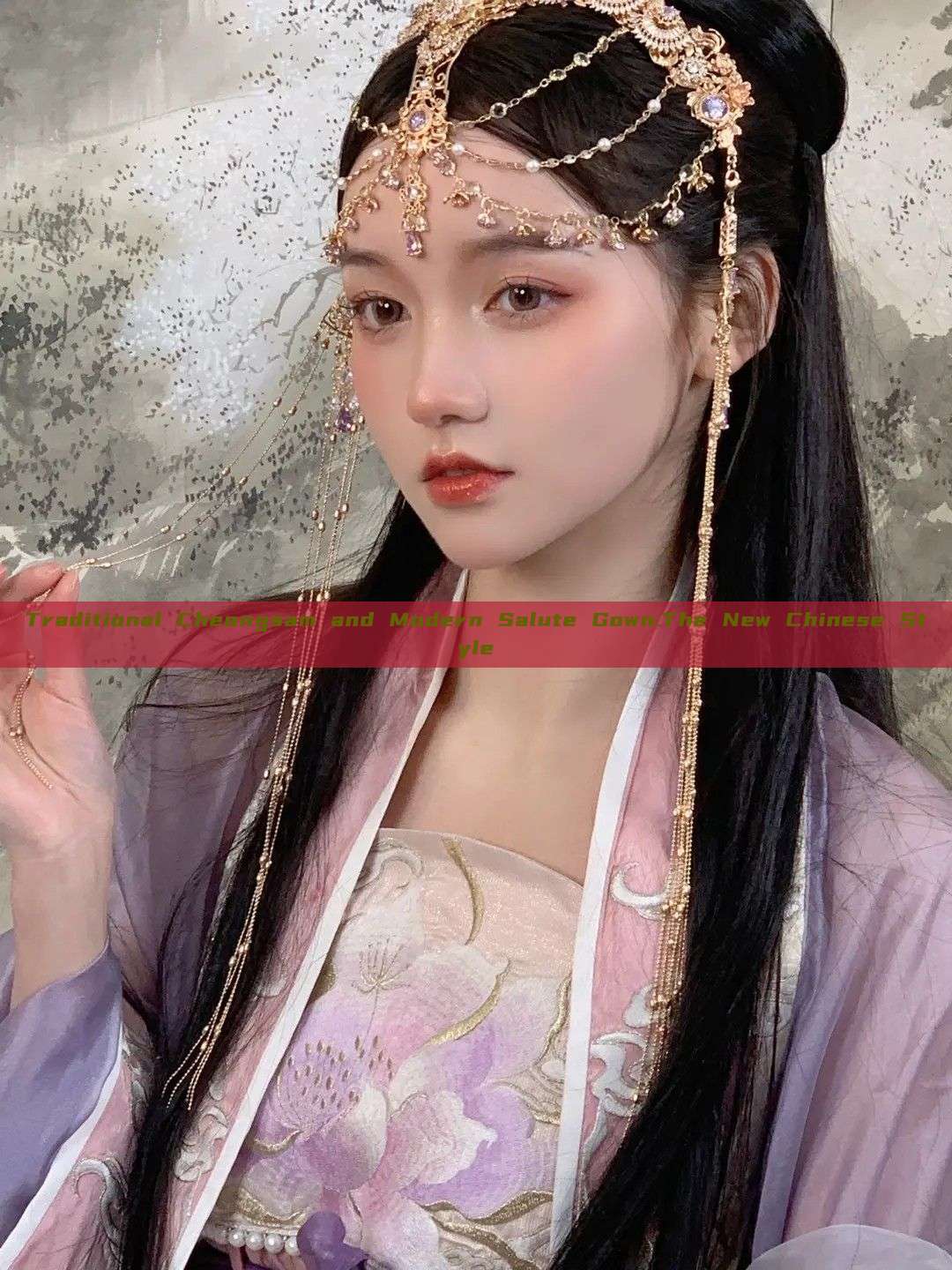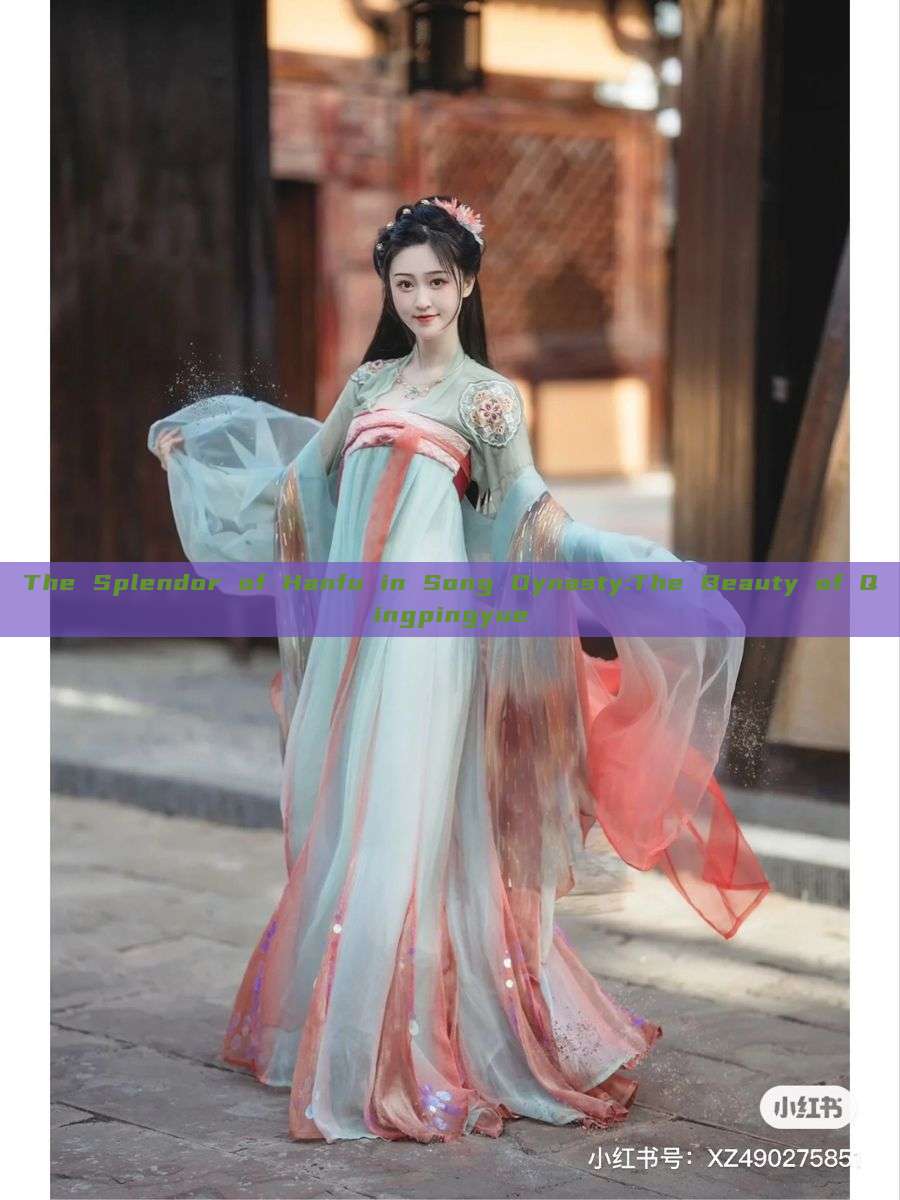In The heart of China, a cultural phenomenon is experiencing a remarkable revival - Hanfu, the traditional clothing of the Han ethnicity. This ancient attire, often adorned with intricate patterns and symbols, represents a legacy that dates back over thousands of years. As it experiences a surge in popularity, it serves as a testament to the enduring influence of China's rich cultural heritage.

Hanfu, also known as Han clothing, is a traditional style of clothing that has been worn by the Han people for over two thousand years. It embodies the essence of Chinese culture and history, reflecting the aesthetics and philosophy of ancient China. This clothing style is not just about fashion; it is an embodiment of traditional values, art, and craftsmanship.
The beauty of Hanfu lies in its intricate designs and patterns. Each element of the clothing, from the color to the pattern, has a deep cultural significance. The use of specific colors and symbols represents various aspects of Chinese culture such as philosophy, morality, and social hierarchy. The intricate patterns often depict scenes from nature like flowers, birds, and mountains, symbolizing harmony with nature and a balance between the universe and man.
The revival of Hanfu is not just about recreating ancient fashion; it is also about reconnecting with one's cultural roots. The trend has attracted people from all over the world who are interested in Chinese culture and history. Many enthusiasts wear Hanfu to celebrate festivals, events, or even as part of their daily attire. This revival not only showcases the beauty of traditional Chinese clothing but also encourages people to appreciate their cultural heritage and identity.
The popularity of Hanfu has also sparked debates about cultural authenticity and commercialization. While some see it as a way to promote traditional culture, others argue that it is being overly commercialized and distorted from its original form. However, the true essence of Hanfu lies in its ability to bring people closer to their cultural roots and inspire a sense of cultural pride and belonging.
The revival of Hanfu also sheds light on the importance of preserving traditional crafts and techniques. The intricate designs and patterns of Hanfu are often created using traditional craftsmanship that has been passed down through generations. As the popularity of Hanfu grows, there is a need to preserve these traditional crafts and techniques to ensure that the beauty and essence of Hanfu are not lost.
In conclusion, the revival of Hanfu represents a broader cultural phenomenon that highlights the importance of preserving traditional culture and heritage. It encourages people to reconnect with their roots and appreciate their cultural identity. As Hanfu continues to grow in popularity, it is important to strike a balance between preserving its traditional essence and adapting it to modern times. Through this balance, Hanfu can continue to inspire a sense of cultural pride and belonging among people from all backgrounds, transcending time and space.






